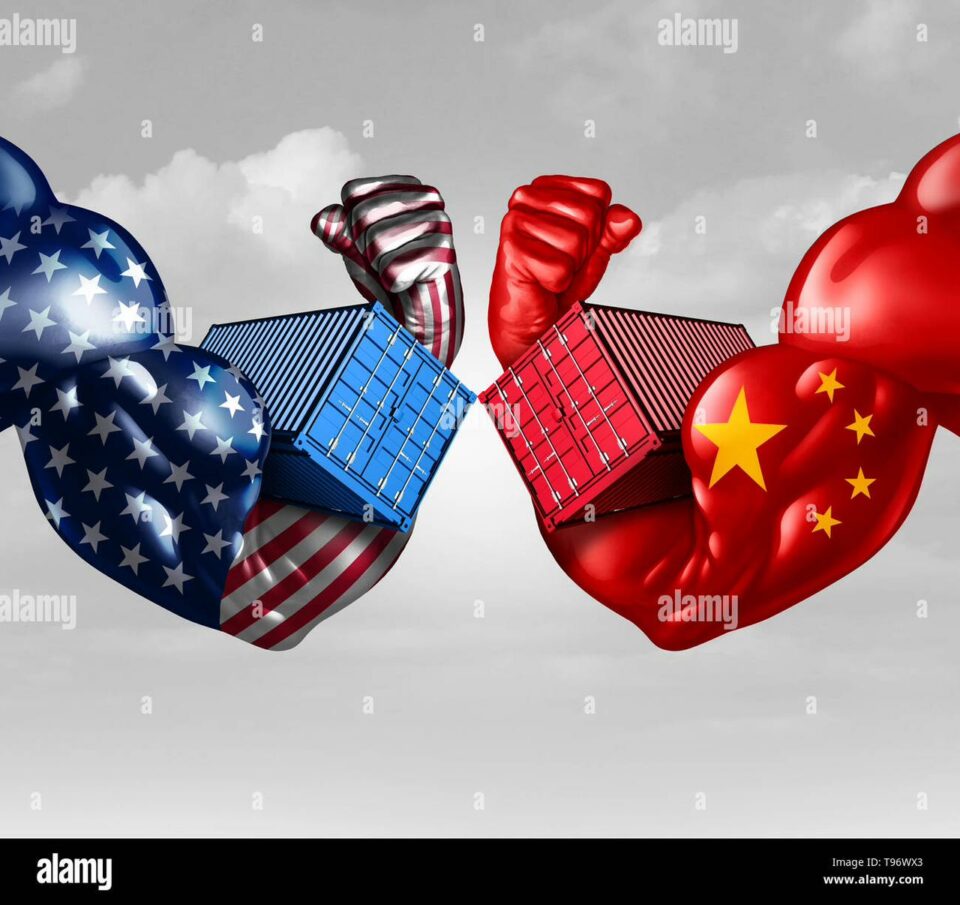

Washington and Beijing have agreed on a reprieve in their trade conflict, avoiding a sharp increase in customs duties and giving global markets some breathing space.
On August 12, 2025, in Washington, Donald Trump signed an executive order extending by three months the suspension of surcharges on Chinese imports. This decision, negotiated with Beijing after what were described as constructive talks in London and Stockholm, pushes back until early November the implementation of new tariffs that could reach 145% on the American side and 125% on the Chinese side. The two capitals had already initiated this tariff pause in the spring, in hopes of ending a standoff that has been ongoing since 2018 and that, in recent months, had taken on a particularly aggressive turn.
For now, some tariffs remain in place: about 30% on Chinese products sold in the United States, a level increased by a special tax aimed at curbing the import of chemical precursors for fentanyl, and 10% on most American goods exported to China. These measures, though less severe than those under consideration, continue to weigh on supply chains and production costs.
The extension of the truce is intended to give negotiators time to tackle the most sensitive issues in the dispute: protection of intellectual property, industrial subsidies, access to public procurement, and cybersecurity. Both sides are considering a summit between Donald Trump and Xi Jinping by the end of the year, in the hope of signing a broader agreement. On financial markets, the reaction was measured but positive: stable indices on Wall Street, renewed optimism in Asian markets, and a slight increase in oil prices.
Behind this diplomatic breather, the outcome remains uncertain. Structural differences over the role of the state in the economy and over the rules of global trade remain deep, leaving the risk of a renewed tariff escalation once the truce expires.
The trade war is not over it is merely on pause.
BAÏDJAN Ahmed , Correspondent, India




